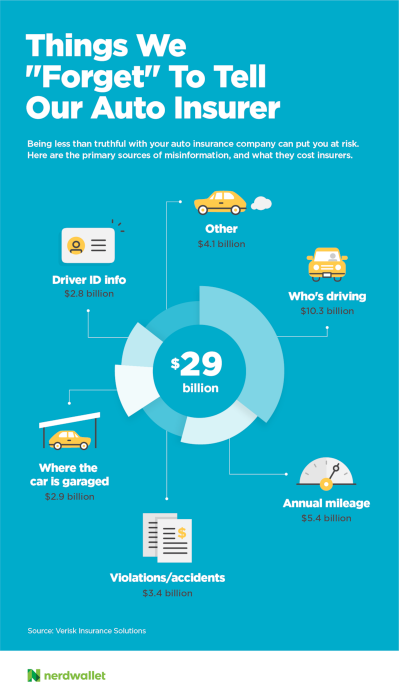When you think about a final resting place, options such as a casket or urn probably come to mind. But if you’re concerned about the ecological effects of burial or cremation, or simply want to do something more unusual, there are more intriguing ways than ever to settle the matter of your, well, matter. “Much like everyone has a unique life, I think everyone can, and should, have a unique passing,” says Dave Blake, owner of Spirit Pieces, a company that uses cremains to create artistic glass mementos. He saysreflecting your personality after death can provide added comfort for the bereaved once you’re gone. Many options we found are cheaper than a traditional burial or cremation. And if you havelife insurance, the payout yourbeneficiaries receive can go toward any kind of send-off. Here are seven amazing things you can be after you die.
1. Fireworks How it works: Your cremains are transported from the mortuary to a beach or on-water location. They’re then packed into specially designed shells and incorporated into a fireworks display.
Who offers it: California-based Angels Flight.
Price: $4,250 and up.
Pros:
– It’s cheaper than the median cost of a cremation with funeral and viewing, which runs $6,078, according to the National Funeral Directors Association
Cons:
– The service is available only in California 2. Glass art 2. Glass art
How it works: Artists add a tablespoon of your ashes to custom-made, swirled-glass keepsakes for loved ones, such as orbs and pendants.
Who offers it: Artful Ashes in Seattle; online-only shop Spirit Pieces. Price: $79 and up.
Pros:
– Your loved ones can mail in ashes
Cons:
– People mailing cremains must package a portion of your ashes into a mailing kit or find someone else willing to follow this step
3. A marine reef 3. Your own marine reef
How it works: Your cremains, or a portion of them, are fashioned into an environmentally friendly, artificial reef formation between 3 and 5 feet wide and 2 and 4 feet tall. Family and loved ones can even participate in forming the reef. Once finished, there’s a memorial service during which the reef is placed in a preselected, underwater location, where it becomes a permanent marine habitat. Who offers it: Eternal Reefs in Florida.
Price: $2,995 and up.
Pros:
– It boosts the marine ecosystem Cons:
– It’s not permitted on the West Coast; reef locations are limited to the Atlantic and Gulf coasts
4. A diamond 4. A diamond
How it works: Carbon from your ashes or a lock of hair is used to create a certified diamond. A range of colors is available.
Who offers it: California’s Heart In Diamond; Illinois-based LifeGem; Vermont’s Cremation Solutions. Price: $750 and up for single order. The cost per gemstone may be lower for larger orders.
Pros:
– Cremation isn’t necessary if hair is available Cons:
– Certain colors cost more 5. A space traveler 5. Space traveler
How it works: A portion of your ashes — or, in some cases, DNA from hair or saliva — hitches a ride into space. Providers use partner companies for the spacecraft and launches, and you can choose from a variety of experiences, including having your remains return to Earth after flight, rest permanently on the moon, float in deep space or even light up the sky as a shooting star. Who offers it: California’s Elysium Space; Florida-based Celestis. Price: $1,295 and up.
Pros:
– Cremation isn’t necessary if you choose the DNA option (available only from Celestis) Cons:
– Each type of launch occurs only about once per year, or less frequently in some cases 6. ‘Green’ ashes 6. “Green” ashes
How it works: A “green” cremation — sometimes called resomation or bio cremation — is an environmentally friendly alternative to cremation by fire. Instead of reducing the body to ash by flames, which poses a risk for harmful emissions, a green cremation employs a solution of water and potassium hydroxide. Who offers it: Florida-based Anderson-McQueen Funeral Home; Minnesota’s Green Cremation; Direct Cremation of Maine. Price: $1,495 and up.
Pro:
– It’s more energy-efficient and has less environmental impact than flame-based cremation
Cons:
– Funeral homes might charge an additional cremation fee for going flameless 7. Helpful to the soil 7. Helpful to the soil
How it works: Instead of being embalmed and buried in a casket, which can contaminate the soil, you go into the ground in a biodegradable Infinity Burial Suit. Made of mushrooms and bacteria, the suit reduces toxins as you decompose so that your remains nurture vegetation. Who offers it: Coeio.
Price: $1,500.
Pros:
– It’s eco-friendly Cons:
– You might not be allowed to be buried in a cemetery, as some allow only caskets
Alex Glenn is a staff writer at NerdWallet, a personal finance website. Email: aglenn@nerdwallet.com.
The article 7 Amazing Things to Be After You Die originally appeared on NerdWallet.
(Photo: Angels Flight)1. Fireworks
– Angels Flight will transport cremains only up to 25 miles
(Photo: Artful Ashes)
(Photo: Eternal Reefs)
– Depending on the reef size and memorial service you choose, it can be cheaper than a cremation with funeral and viewing, which has a median cost of $6,078, according to the National Funeral Directors Association
(Photo: LifeGem)
– Orders can be delivered nationwide
– Those sending in cremains must package the ashes themselves or find another person willing to handle this step
(Photo: Elysium Space)
– Family and friends can track the real-time location of the ashes in space
– Companies accept cremains or DNA via mail
– There are only a handful of launch sites, so your loved ones might not be able to witness one
(Photo: Direct Cremation of Maine)
– The process isn’t yet approved in all states
(Photo: Coeio)
– It can be shipped to your family
– It’s cheaper than the median cost for a metal casket, which is $2,395, according to the National Funeral Directors Association





















